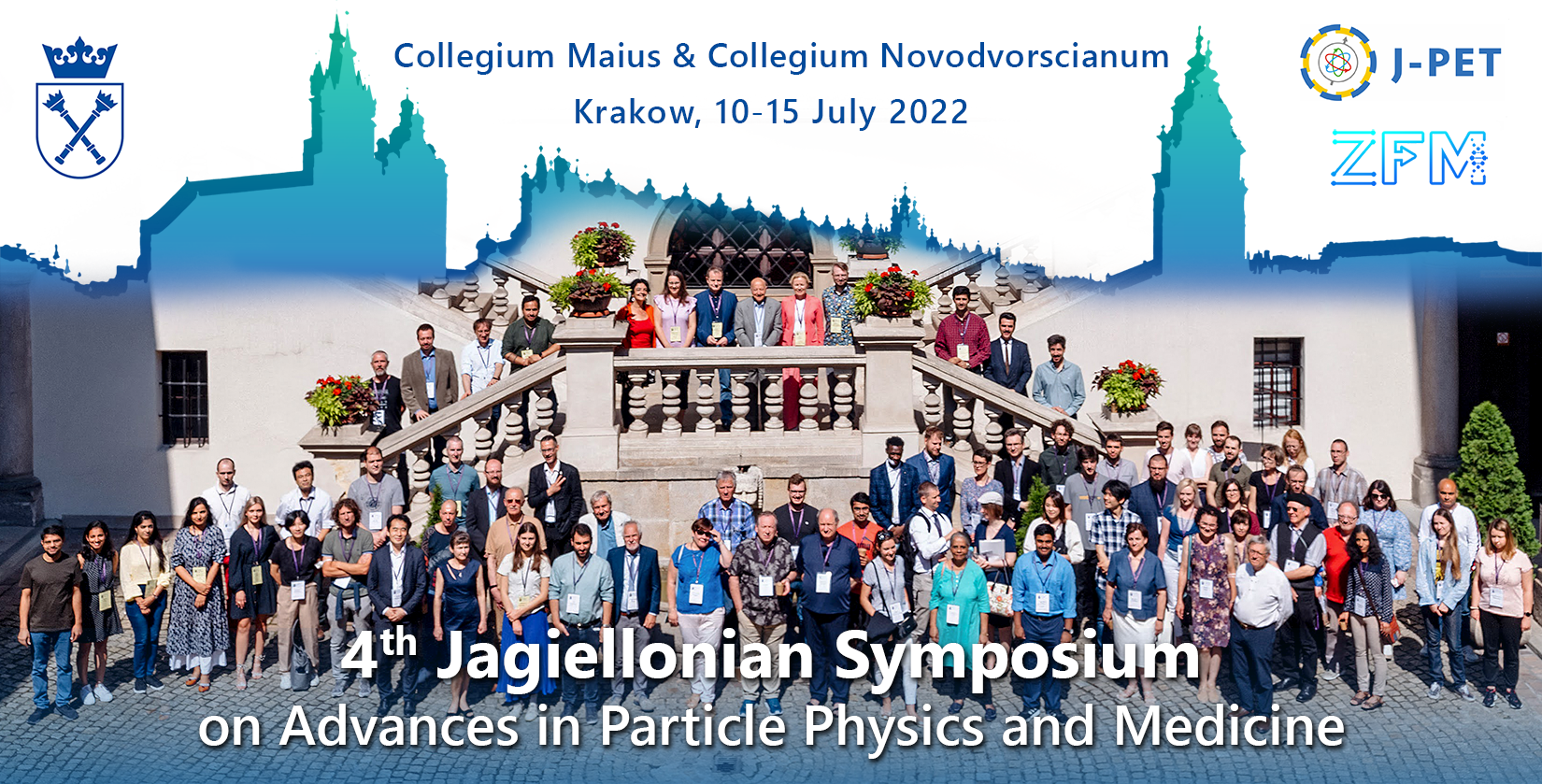Speaker
Description
Gamma-MRI is a future imaging modality that should allow the simultaneous exploitation of the sensitivity of gamma-ray detection (SPECT) and the spatial resolution and flexibility of MRI [1]. The approach uses, like in SPECT, gamma-emitting nuclei, which are highly polarized and thus exhibit anisotropic gamma-ray emission, whereas their spins are rotated by rf pulses, like in MRI. The signal in gamma-MRI is the change in the ratio of gamma rays emitted longitudinally and transversally to the spin (and magnetic field) direction [2]. The first nuclei used in the project are 11/2− spin isomers 129mXe (T1/2=8.9 days), 131mXe (T1/2=11.8 days) and 133mXe (T1/2= 2.2days).
The efficient production and purification of the 129m,131m,133mXe is one of the first milestones in the gamma-MRI project. This contribution will present two main methods of production tested so far: neutron irradiation of enriched stable 128Xe (product: 129mXe) and 130Xe (product: 131mXe) in the RHF reactor at Intitute Laue-Langevin (ILL; Grenoble, France) and at the MARIA reactor in the National Centre for Nuclear Research (NCBJ; Świerk, Poland), and ion-implantation of 129m,131m,133mXe into gold foils at the ISOLDE facility in CERN (Switzerland). Both methods provide high values of xenon isotopes activities that can be extracted efficiently and used in polarization experiments.
The presentation will give a brief introduction to the gamma-MRI technique and will mention the different elements of this EU-funded project. It will then concentrate on the work performed at the CERN, namely production and purification of the Xe isomers.

